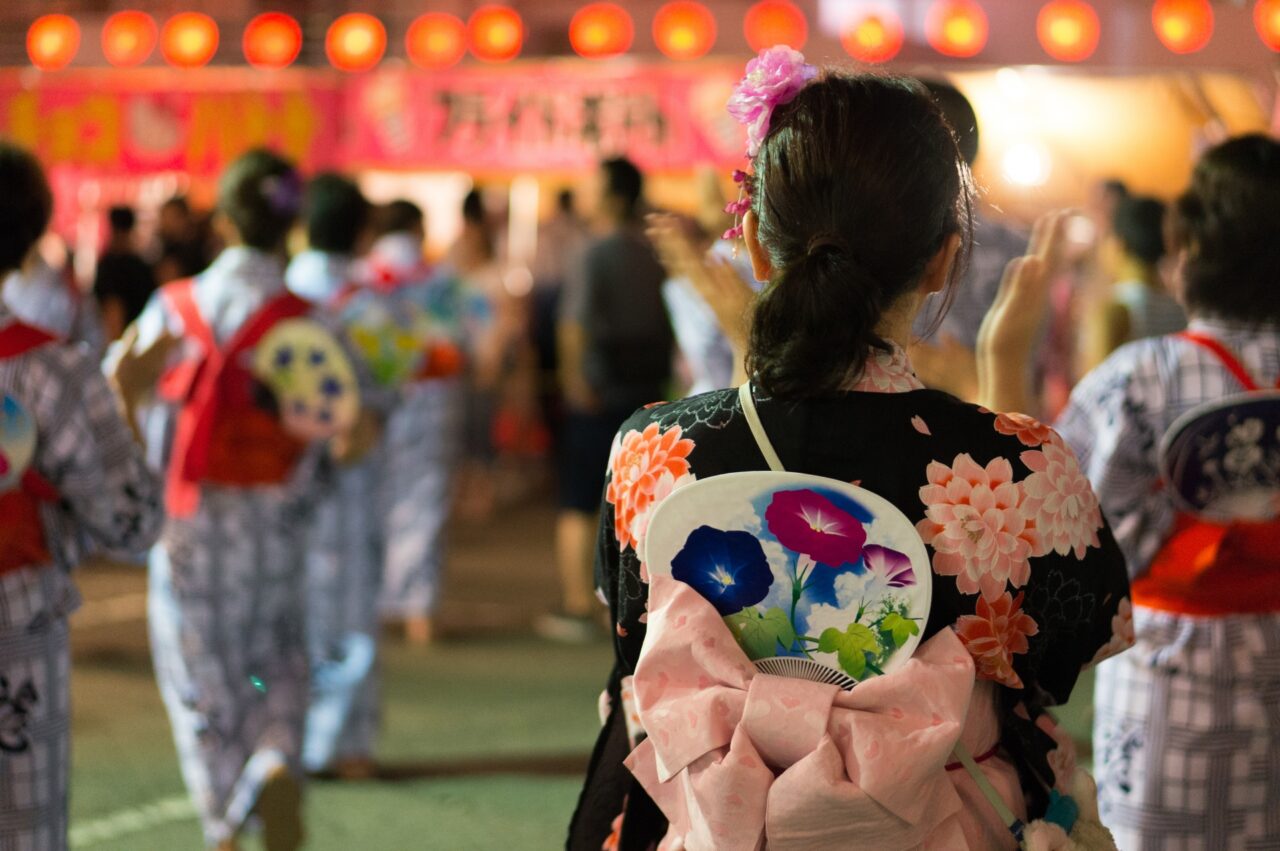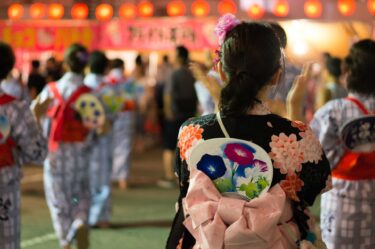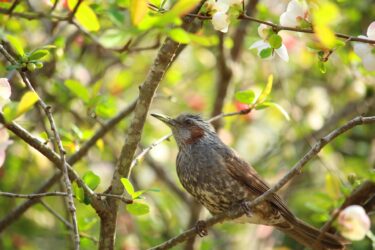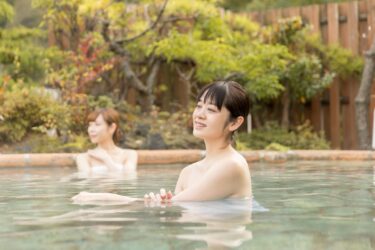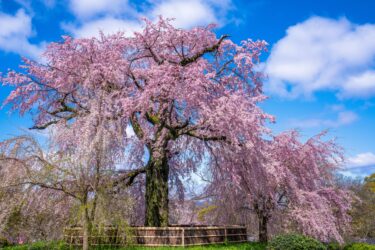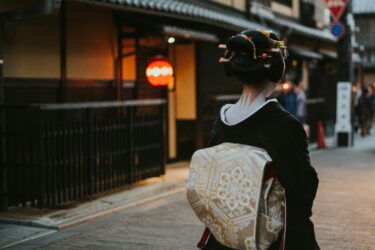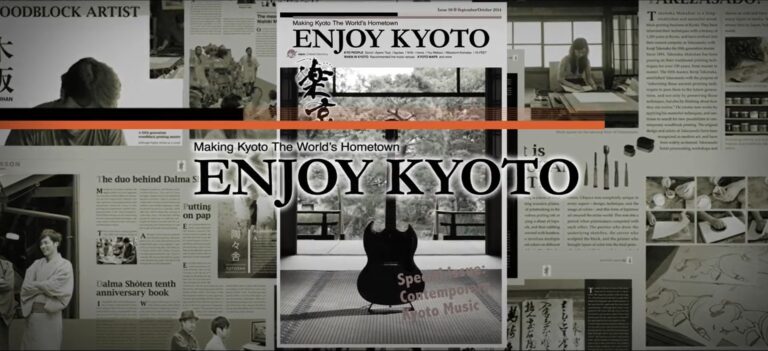For many travelers, experiencing a Japan festival is one of the highlights of visiting the country. Known locally as matsuri, “festivals” in Japan can cover a pretty broad category of events, from the casual to the traditional, but are often deeply tied to local traditions. They can be religious in nature, celebrating the deities of Shinto shrines and Buddhist temples, or seasonal, marking everything from cherry blossoms to harvests. You may find others focusing on history, or simply gathering the community for food, music, and fireworks.
No matter where you travel, there’s usually a festival happening somewhere in Japan. And if your journey takes you to Kyoto, you’re in luck: the city is famous for its three great festivals—Aoi Matsuri in May, Gion Matsuri in July, and Jidai Matsuri in October—all of which showcase Kyoto’s rich cultural history. We’ll cover those in detail later, but first let’s look at what makes a Japan festival so unique, and why you should consider planning your trip to join one if you can.
What Makes Japanese Festivals Unique?
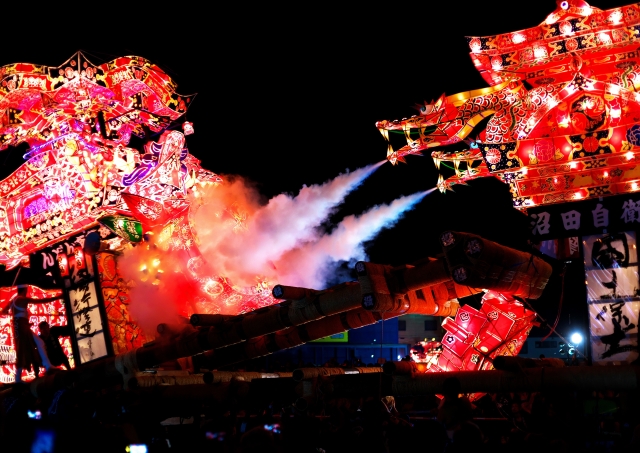
Many events are rooted in Shinto and Buddhist traditions, with portable shrines (mikoshi) carried through the streets to honor the local deities, though the particular practices will vary from region to region and town to town.
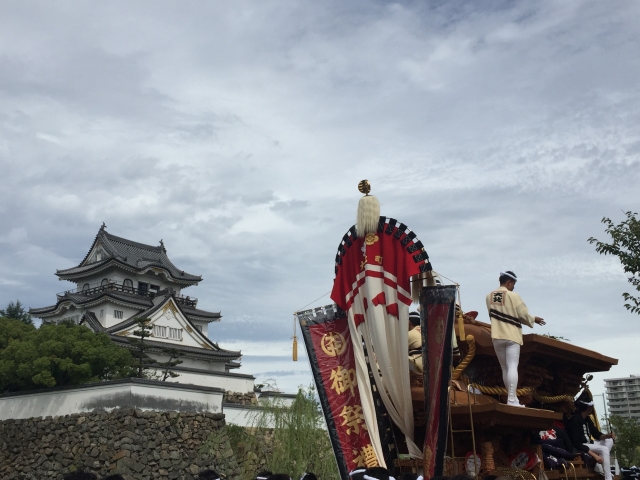
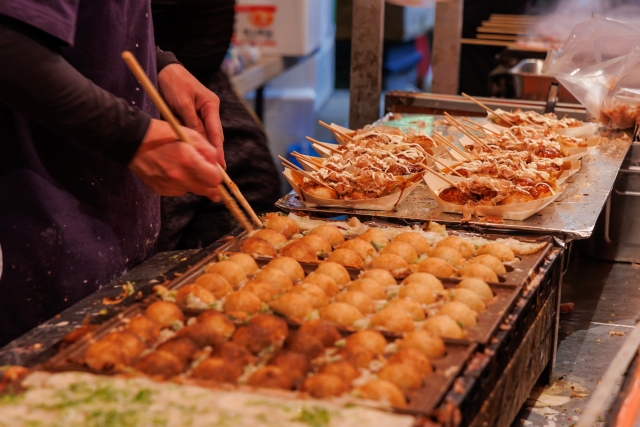
Such festivals can also be big events for local communities, and may even draw in visitors from other cities and towns to enjoy street food stalls selling grilled squid, yakisoba noodles, and candied applies; common festival games like goldfish scooping, and music or dance performances that turn entire neighborhoods into lively stages.
Local residents spend months preparing for their festivals, whether it’s building massive floats, sewing costumes, or rehearsing traditional dances.
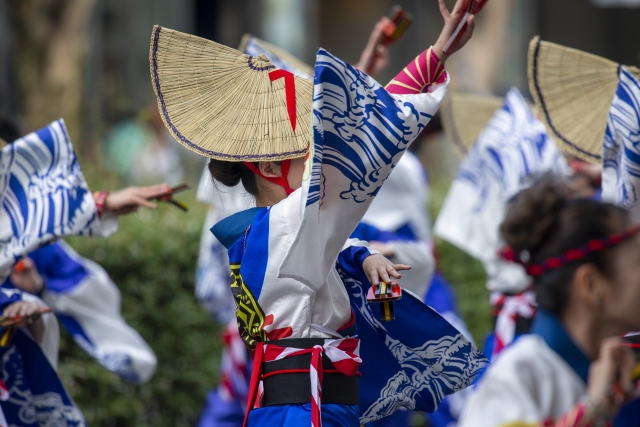
Types of Festivals in Japan
Because “festivals” cover such a range of different events in Japan, it might help to think of them in categories:
Traditional Festivals

As the name implies, these are the most traditional, usually centered on Shinto shrines or Buddhist temples. They may feature mikoshi—portable shrines carried by teams of locals—or sometimes larger festival floats that may be elaborate and colorful, pulled through the streets by festival participants. Many of these festivals are centuries old.
Seasonal Festivals
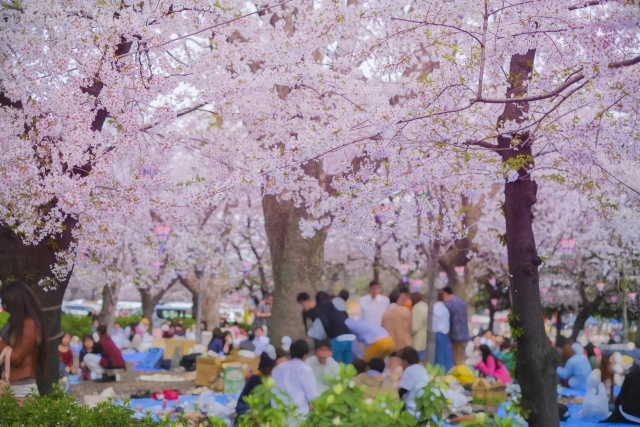
In Japan, the changing seasons are celebrated with enthusiasm. Cherry blossom festivals in spring (with hanami picnic parties under the blooming trees), summer fireworks and dance festivals, autumn foliage celebrations, and in some places, snow festivals in winter are all part of the annual cycle.
Fireworks & Summer Festivals
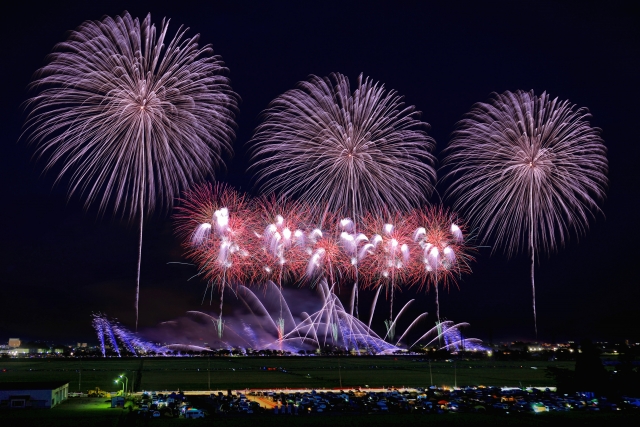
Summer is peak festival season in Japan. Large fireworks shows (hanabi taikai) attract huge crowds, and Bon Odori dance festivals give festival-goers the chance to join in a circle dance wearing summer yukata.
There may be smaller, local festivals of other types in the different regions you visit – or even modern, pop culture-themed events – but it’s worth taking a look at a local events calendar.
Famous Festivals Across Japan
If you’re traveling across the country, these are a few famous Japanese festivals you might want to know about:
Sapporo Snow Festival (Hokkaido)
Held every February, this winter spectacle features enormous snow and ice sculptures, light displays, and plenty of seasonal food. It’s one of Japan’s biggest winter events.
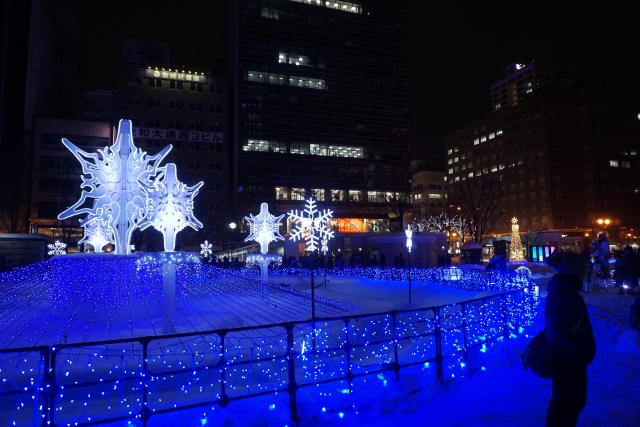
Awa Odori (Tokushima)
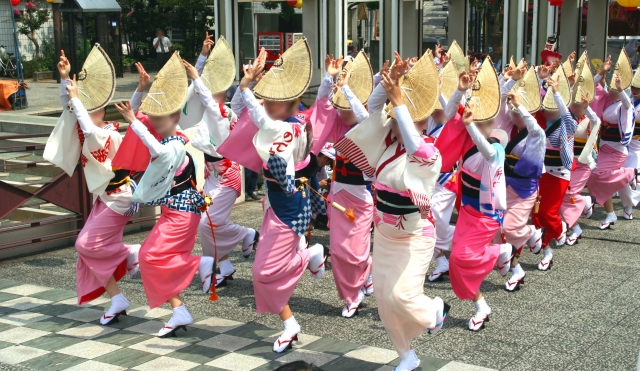
Taking place in August, Awa Odori is a lively dance festival where thousands of dancers in traditional costumes fill the streets with rhythmic movements and chants. Visitors are often encouraged to join in.
Nebuta Matsuri (Aomori)
Known for its massive illuminated floats, this early August festival lights up the night with colorful paper lanterns, taiko drums, and energetic dancing.
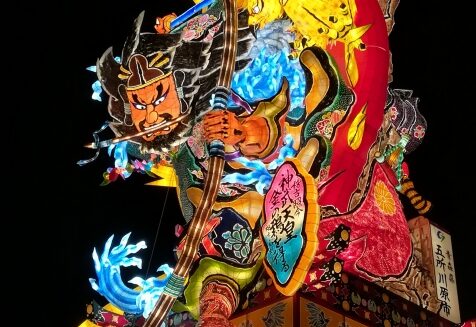
Tenjin Matsuri (Osaka)
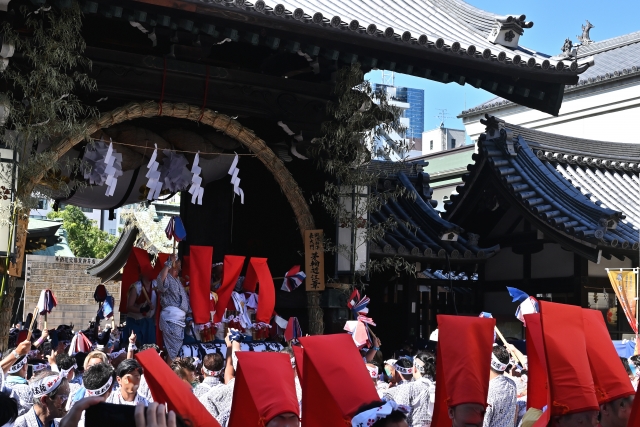
One of Japan’s three great festivals (alongside Kyoto’s Gion and Tokyo’s Kanda), Tenjin Matsuri in July features river and land processions with boats, and plenty of festivities in the streets.
These events are just the tip of the iceberg—Japan has thousands of festivals each year. But if you’re focusing your trip on Kyoto, you’ll find some of the most historically significant ones right here in the city.
Kyoto’s Biggest and Most Representative Festivals
Kyoto has a well-deserved reputation as a hot spot for ancient festivals. With over a thousand years of history as the imperial city, Kyoto’s traditions are woven into its seasonal events. If you only experience a handful of festivals in Japan, Kyoto’s are hard to beat.
Gion Matsuri (July)
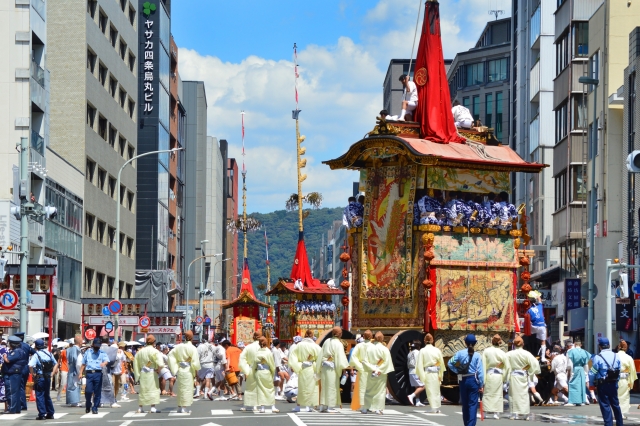
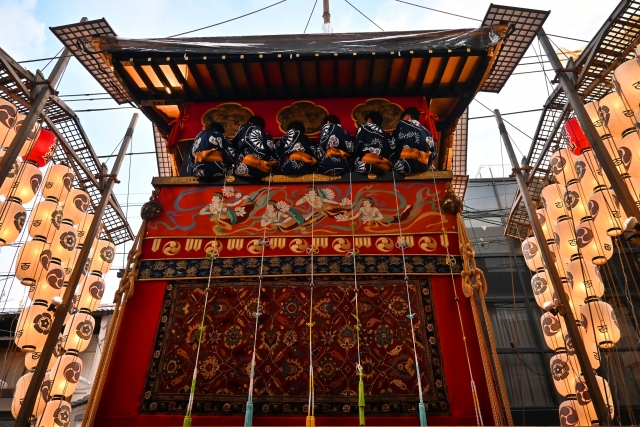
Gion Matsuri is the most famous festival in Kyoto and arguably the most famous in Japan. Dating back to the 9th century, it was originally a religious ceremony to ward off plague and disaster. Today, it’s a month-long event, but the highlights are the parades of enormous floats known as yamaboko.
These floats, some towering over 20 meters high, are constructed without nails and decorated with stunning textiles. They’re pulled through the streets by teams of men, while musicians on board play flutes and drums. In the evenings on some of the festival’s key days, Kyoto’s downtown becomes off-limits to cars, and festival goers and food stalls fill the streets.
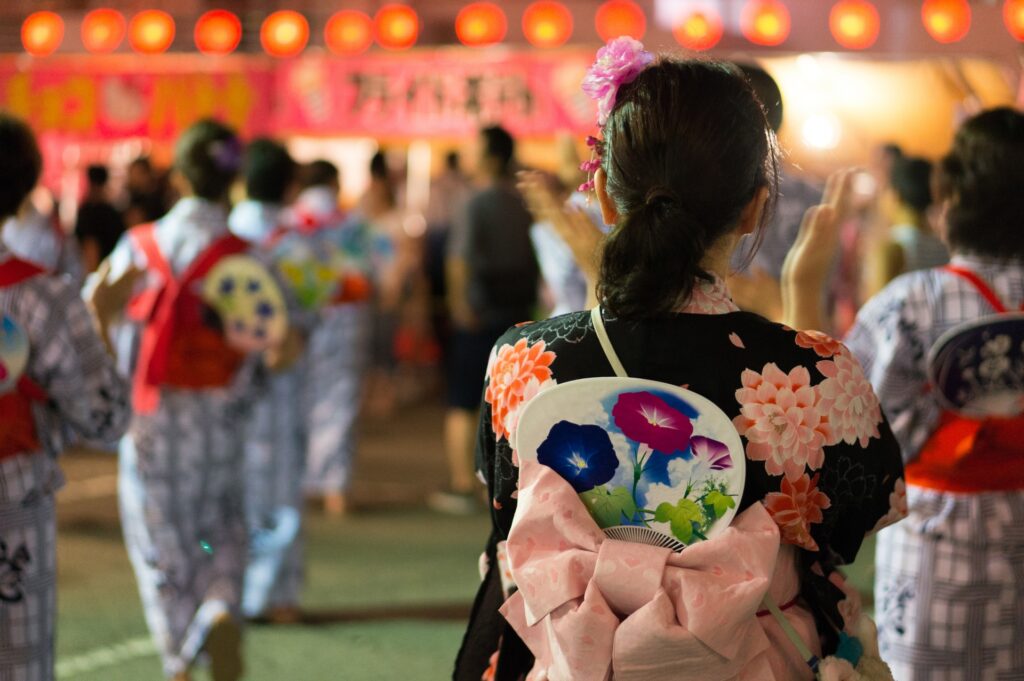
For more about all of the festivities and dates of the Gion Festival, and how best to enjoy it, see Gion Matsuri: Kyoto’s Grandest Festival.
Aoi Matsuri (May)

Held on May 15, Aoi Matsuri is one of Kyoto’s most elegant and refined festivals. It takes its name from the hollyhock (aoi) leaves used to decorate the costumes and floats. The main event is a grand procession that travels from the Imperial Palace to the Kamigamo and Shimogamo Shrines.
Participants dress in Heian-period costumes, evoking the time when Kyoto was Japan’s capital. The sight of nobles in flowing robes, court ladies with long trailing skirts, and ox-drawn carts is like stepping back in time a thousand years.
Jidai Matsuri (October)
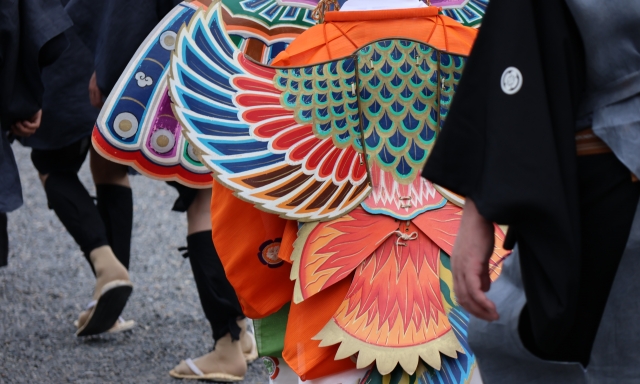
Literally “Festival of the Ages,” Jidai Matsuri is a historical pageant held on October 22 to celebrate the founding of Kyoto in 794. Thousands of participants march from the Imperial Palace to Heian Shrine, dressed in costumes representing different periods of Kyoto’s history.
Unlike Aoi Matsuri, which focuses on one era, Jidai Matsuri covers centuries, so it’s a fascinating visual overview of Kyoto’s long history, and a fantastic way to see a variety of traditional clothing up close.
Other Notable Kyoto Festivals
While the “big three” get most of the attention, Kyoto also has smaller but equally impressive festivals. In August, the Daimonji Gozan no Okuribi lights up the mountains around Kyoto with giant bonfires in the shape of kanji characters, a spectacular sight marking the end of the Obon season. The winter is chilly, but it also features some beautiful illumination events, like the Arashiyama Hanatouro.
For more detail on these and other events, you can check out our guide to Kyoto’s festivals.
If you’re visiting Kyoto, you’ll find yourself in the heart of some of the most representative festivals in Japan, but no matter where you go, if you want to experience some truly unique events while you’re in Japan, check the festival schedule before you go. Chances are, there’s a matsuri waiting to welcome you.

